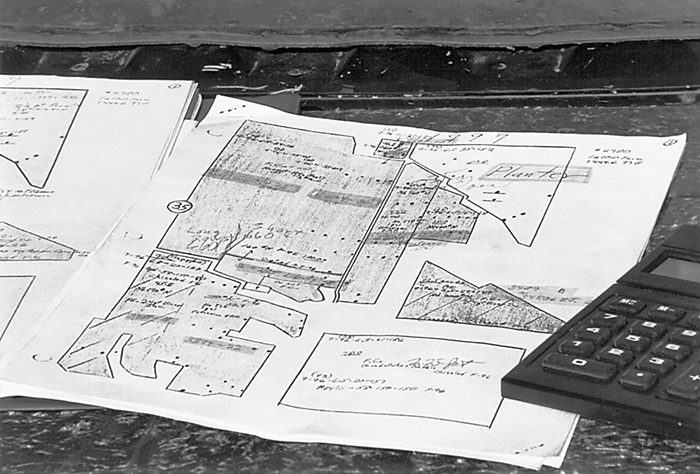No-Till Farmer
Get full access NOW to the most comprehensive, powerful and easy-to-use online resource for no-tillage practices. Just one good idea will pay for your subscription hundreds of times over.

“I’m not against yield monitors,” says Paul Jasa, “I’m against jumping to conclusions.”
Jasa, a University of Nebraska ag engineer, has spent countless hours going back and forth through research fields and reviewing yield maps testing the accuracy of today’s advanced combine yield monitors. Some of his findings, and resulting blunt comments about their accuracy, have inspired many to think he has something against yield monitors or the companies that make them.
This couldn’t be further from the truth. Jasa’s not against the technology or the companies. He just wants farmers to be careful with how much importance they place upon yield monitor results.
“Most farmers see variations on the yield maps and start trying to figure out what’s wrong in the field,” says Jasa. “But maybe there’s something wrong with the sensors or the calibration.”
Before you spend large amounts of time and money addressing variability in your no-till fields, make sure that incorrect yield monitor data isn’t the real reason you are seeing variability.
Jasa decided to test yield monitors after several Nebraska farmers with center-pivot irrigated fields noticed their yield monitors didn’t register zero readings when they crossed their farm service road or lanes.
The ensuing field studies have proven that yield monitors can have wrong readings at various times due to what Jasa likes to call “combine dynamics.”
Dynamics like field slope, combine speed, operating capacity and even a small patch of weeds, can cause significant variations in yield map results, according to…